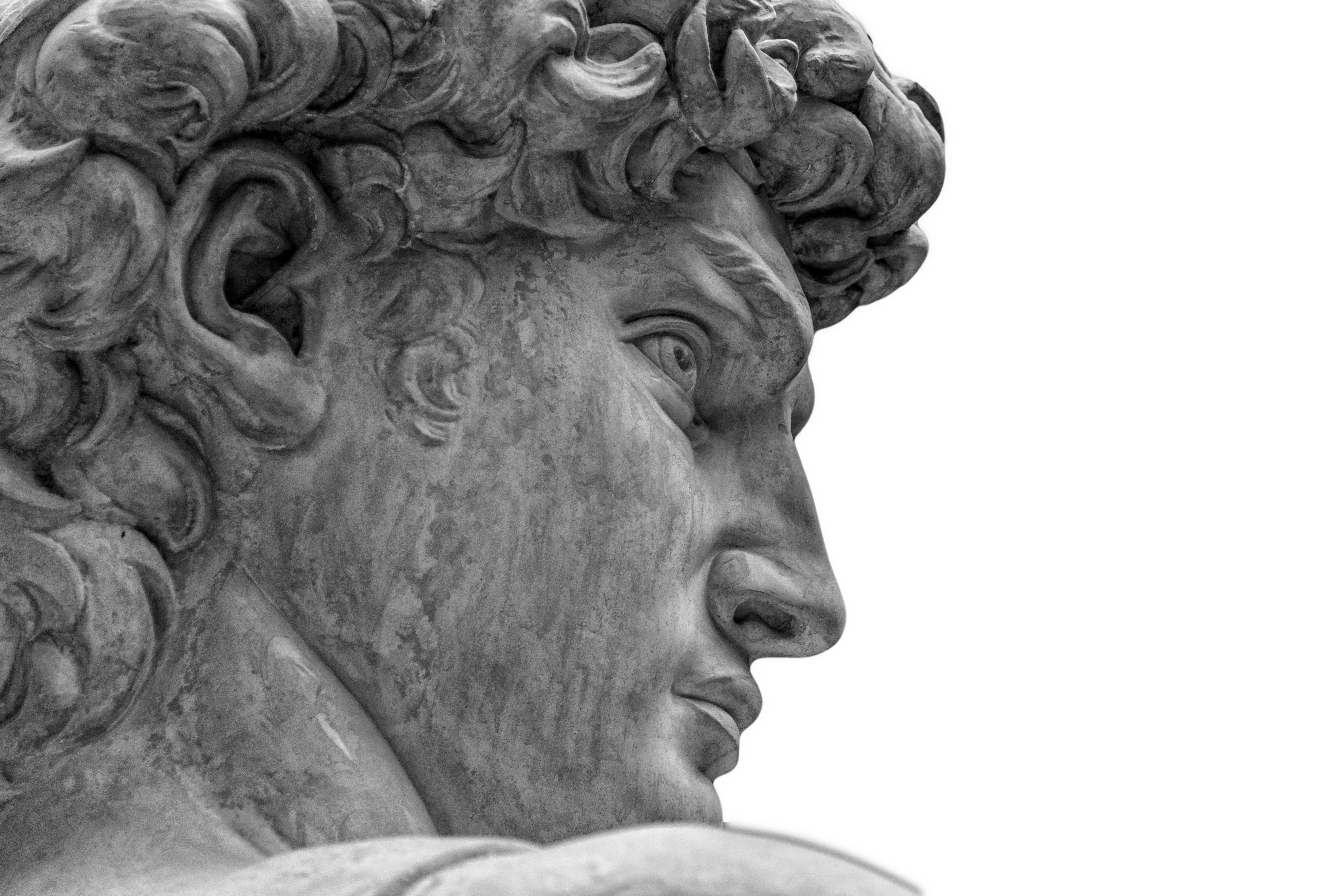-
Italian marble: unique beauty in the world
Used for millions of years, marble has brought to light unique mottling, colors and luster. In particular, Italian marble is a natural and unique material that can enhance any environment. Italy is, in fact, among the countries that export the most marble in the world and is everywhere considered to be of the highest quality. Pietra di Trani, Portoro, Rosso Verona, Bardiglio, Calacatta and Bianco di Carrara are just some of the marbles for which Italy is known throughout the world.
Italian marble is then universally considered synonymous with elegance, purity and luxury, so much so that it is seen as an international status symbol for the interior cladding of boutiques, hotels and residences. The association of Italian marble with the concept of luxury is mainly due to its exceptional finesse and quality.
Precisely for these reasons, Italian marble is still today the stone most loved by designers, architects and artists. In this in-depth study we will see some examples of how Italian marble has been used in the world of art in general and how it is still able to arouse charm and beauty.
Marble in Italy
Italians have always been considered masters of marble quarrying and processing.
Thanks to its particular luster, its mottling, its color and the possibility of working it in many different ways, marble is a material that has always been loved by designers, architects and artists.
However, there are many historical materials still in production and used in representative churches and monuments. A first example is Jasper marble, a red marble of Sicilian origin and very valuable. Sumptuous and elegant, for centuries it has been used to adorn royal palaces, religious buildings and cathedrals. The peculiarity of this marble is represented by its surface and the explosion of bright and vivid colors. To further embellish the Red Jasper are the white veins that run across its surface, highlighting even more the multitude of colors.
Another example is Brèche de Vendôme. This type of marble is characterized by a beautiful mixture of colorful colors among which we find golden yellow, dark green, black and dark red. Thanks also to the use of innovative techniques, this special breccia takes on a brilliant polish. Brèche de Vendôme has been widely used in France, especially to embellish some of the most beautiful churches and palaces of Paris. Today it is mainly indicated for the realization of interior coverings when the objective is to have fantastic chromatic effects in front of the eyes.
As a last example it is right to talk about Irish green, a marble characterized by unique green tones, non-uniform coloring and shades ranging from dark to light. This stone was mainly used by Renaissance architects in order to flood palaces with magnificent works with shades of forests and fields. Even today those same works are admired by tourists from all over the world. The Irish Green, thanks to its variegated veins, allows to realize new geometries, making every project absolutely unique and unrepeatable.
Florence Cathedral: a unique floor
One of the perhaps lesser-known wonders of Florence Cathedral is its floor, which is a unique example in terms of variety of design, richness, materials and dimensions.
Its history is particularly long and complex. Since the first years of his reign – and for the whole of its duration – the first Grand Duke Cosimo I promoted some important works of renovation of the Cathedral of Santa Maria del Fiore. The works did not aim at a radical transformation, but at covering the building with a new skin. What before was an austere aspect of the Cathedral, gave way to a rich polychromy of statues, plastic decorations of wall paintings but above all of marbles. In this building site – which lasted several years – a central role in the project was played by the renovation of the floor, which included the replacement of the old terracotta with a carpet of marble inlays with a geometric design.
Michelangelo and his relationship with Carrara
Although he didn’t leave any work in Carrara, Michelangelo Buonarroti had always a very close relationship with the town, so that he stayed there several times to visit the quarries frequently in order to personally choose the marbles that would have given life to his works.
In the collective imagination Michelangelo and Carrara are seen as two entities strictly and indissolubly linked together. Moreover, for quarrymen the possibility to have the artist close meant to deal with an exceptional customer, especially because the quantities he ordered were always very large – which should not be surprising given the greatness of the artistic enterprises he was called to accomplish.
Bernini: a story of creative freedom
Gian Lorenzo Bernini is undoubtedly the artist who, more than anyone else, managed to change not only the face of Rome, but also the art of his time. Among his most famous works are Apollo and Daphne, Aeneas and Anchises and the bust of Paul V at the Borghese.
Bernini was a well-rounded artist: architect, painter, sculptor and also set designer. When he was only eight years old he began to handle the chisel, when he made a small head of a cherub. However, a few years were enough to win the esteem of the most powerful lords of the continent.
That of Gian Lorenzo Bernini is nothing but a story of creative freedom and passions. That same freedom will allow him to touch the highest peaks of art history, giving posterity real masterpieces of incredible beauty and relevance.

